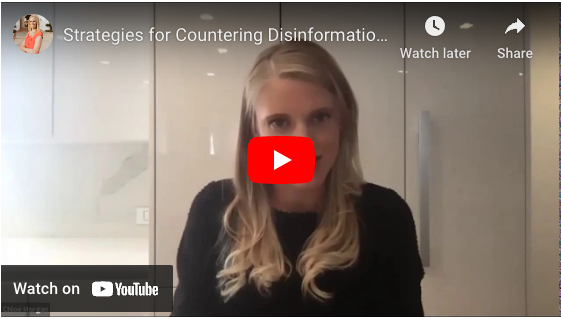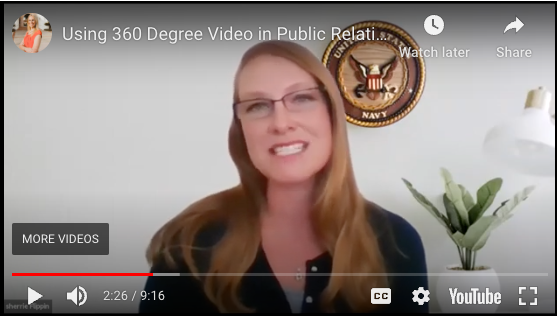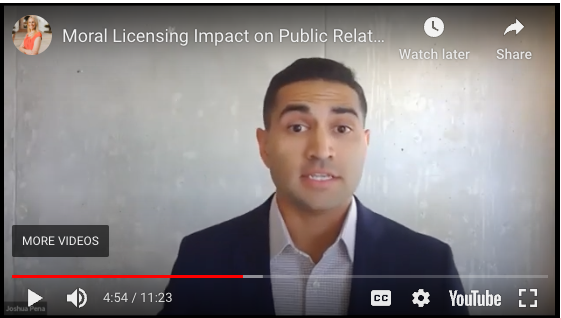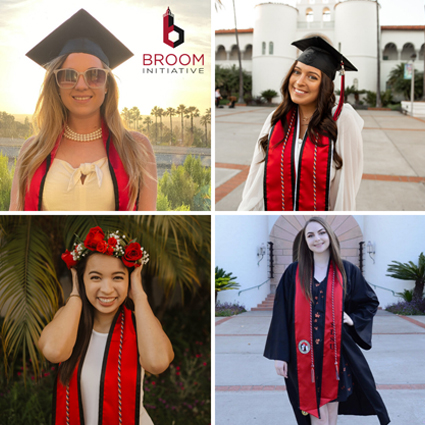Research Inspired by Practice
In just 10 short months, the School of Journalism & Media Studies at San Diego State University has a chance to transform military public affairs officers into scholars.
With the mesa as their duty station, a cohort of Navy and Marine (and sometimes Coast Guard) public relations practitioners put their uniforms in the closet and immerse themselves in a rigorous master’s degree program.
Each of the military teams this spring presented their research at the annual International Public Relations Research Conference in Orlando in March. After the conference, the teams returned to campus and made their final edits on their papers. Normally they would present their research at a campus event open to the area public affairs and PR community. With quarantine in full effect they took their presentations to Zoom.
This research is exceptional on its merit alone, but even more so when you consider the scholars are active duty military public affairs professionals who just started their master’s program 10 months ago.
Strategies for countering disinformation
“Fighting Disinformation in the Post-Truth Era: Response Strategies and Public Perceptions of Truth” is research from Chloe J. Morgan, APR+M, Corinne L. Zilnicki and Diann M. Rosenfeld, APR+M.
Disinformation undermines the truth, requiring public relations practitioners to combat the intentional spread of false information. Building upon the situational crisis communication theory, the researchers used a pretest-and-posttest online experiment to empirically determine the most effective disinformation response strategies. The 3x2 factorial design (N = 249) manipulated response strategies and imagery usage. Results indicate that refutation and presence of imagery best affect public perceptions of truth, while preexisting reputation best predicts post-disinformation reputation.

360-degree video in public relations
“Being There: The Effect of Perceived Presence on 360-Degree Video on Military-Public Relationships” is research conducted by Andrew R. DeGarmo, APR+M, Benjamin E. Barr, APR+M and Sherrie A. Flippin.
Media outlets and organizations increasingly incorporate 360-degree video as a tactic because it can suspend viewer belief and possibly change viewer behavior in the physical world. This study uses organization-public relationship theory to examine the effect of a 360-degree video on the relationship between the Navy and its publics following a crisis. The inceptive longitudinal between-subjects experiment contributes to public relations theory by examining the role of presence as a facilitator of improved organization-public relationships.

Does doing good grant a moral license
“Effects of News Framing and Third Party Moral Licensing on Organizational Reputation” is research by Courtney M. Callaghan, Nicholas Mannweiler and Josh Pena.
Using framing theory and third party moral licensing, researchers employed a 2 x 2 x 2 factorial design to test the impact of individual frames of a news story depicting employee misconduct outside of the office on organizational reputation. Results determined that frame affected perceived professional ethics standards but not organizational reputation. The news media can influence a third party moral licensing effect, however, only to the benefit of the employee and not the organization.


